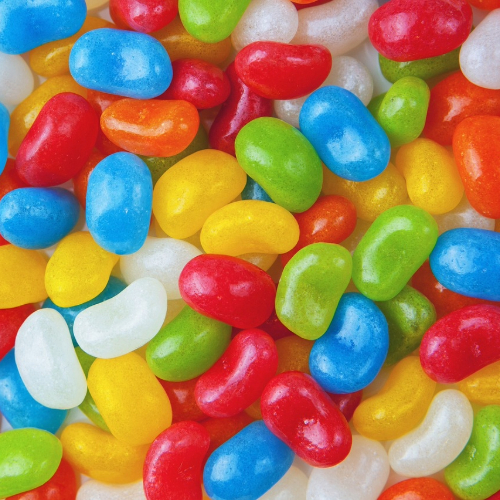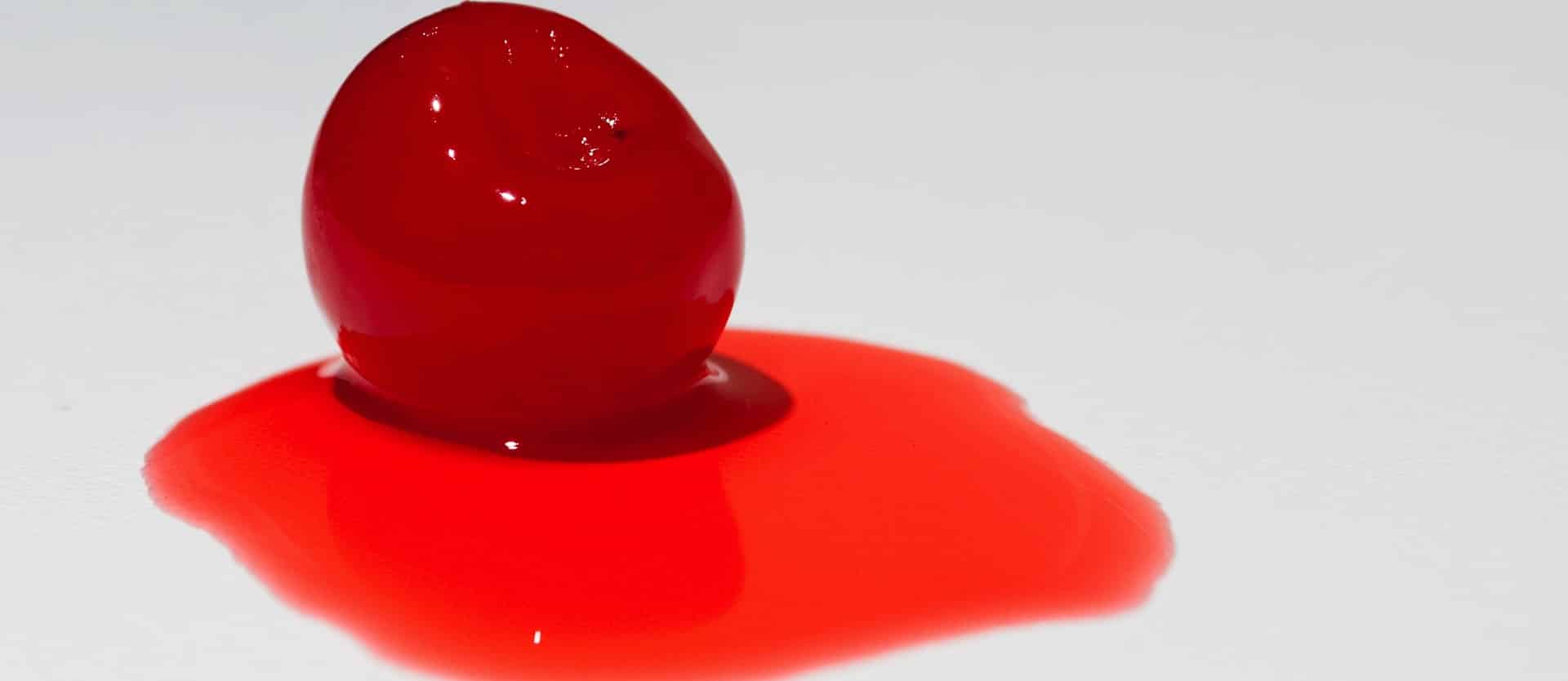
Artificial Colors
To enhance the colors of foods, they may be dyed. Methods vary—from chemicals and petroleum-based ingredients to animal products and even plants. Common artificial dyes include Red 40, Yellow 5, and Yellow 6, and one of the most widely used red food colorings come from crushed cochineal beetles.
Artificial Food Colors and Our Health
A randomized, double-blind, placebo-controlled food challenge published in the most prestigious medical journal in the world found that consumption of artificial colors increased impulsivity, inattentiveness, and hyperactivity among young children, and there are cancer concerns for individuals of all ages. In fact, Red 1 was banned in 1961 in the United States and Red 2 in 1976, for instance. Red 3, which may be found in products like sausage and maraschino cherries, has been shown to influence kids’ behavior, interfere with thyroid function, and cause DNA damage in human liver cells in vitro, comparable to the damaged caused by a chemotherapy drug whose purpose is to break down DNA, yet it remains in our food supply. Industry pressure looms large despite repeated calls to better regulate or outright ban artificial colors.
Dyeing Foods with Plants
Should you want to make your cherry popsicles red, how about adding some cherries? Spinach and mint can make food green, and beets turn dishes a beautiful pinkish-red. Raspberries, too, can offer a pinkish hue. Turmeric or saffron, two spices, aren’t only health-promoting, but they can add a yellow color to dishes.
What About Annatto?
Annatto is a food dye derived from the seeds of the achiote tree. Although there have been case reports of severe allergic reactions and irritable bowel syndrome-type symptoms, there haven’t been any comprehensive studies performed on humans to date.
For substantiation of any statements of fact from the peer-reviewed medical literature, please see the associated videos below.
Image Credit: Image by Foodie Factor from Pixabay. This image has been modified.
Popular Videos for Artificial Colors

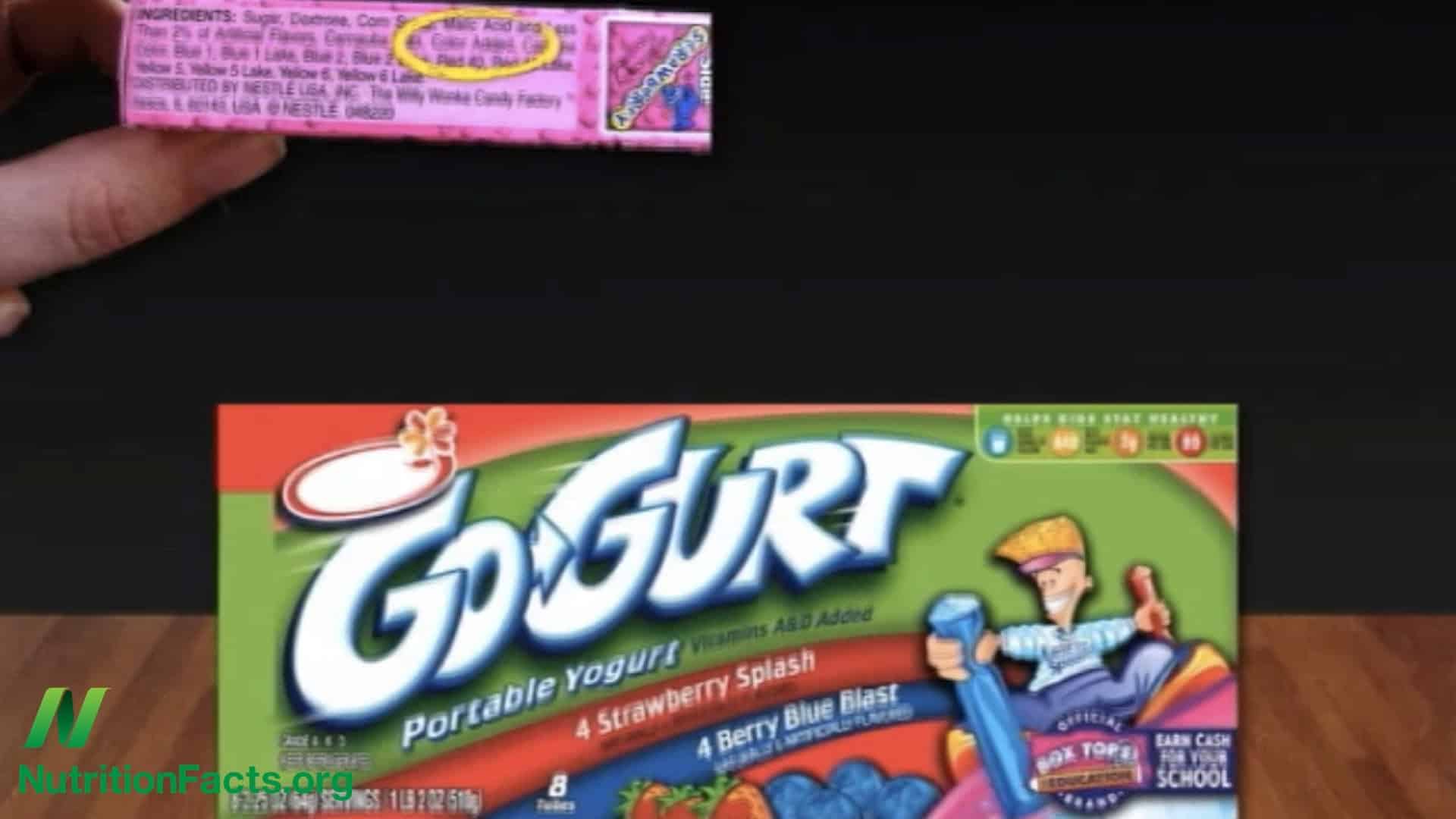
Are Artificial Colors Harmful?
The potential health effects of colorings such as cochineal, a food dye derived from crushed...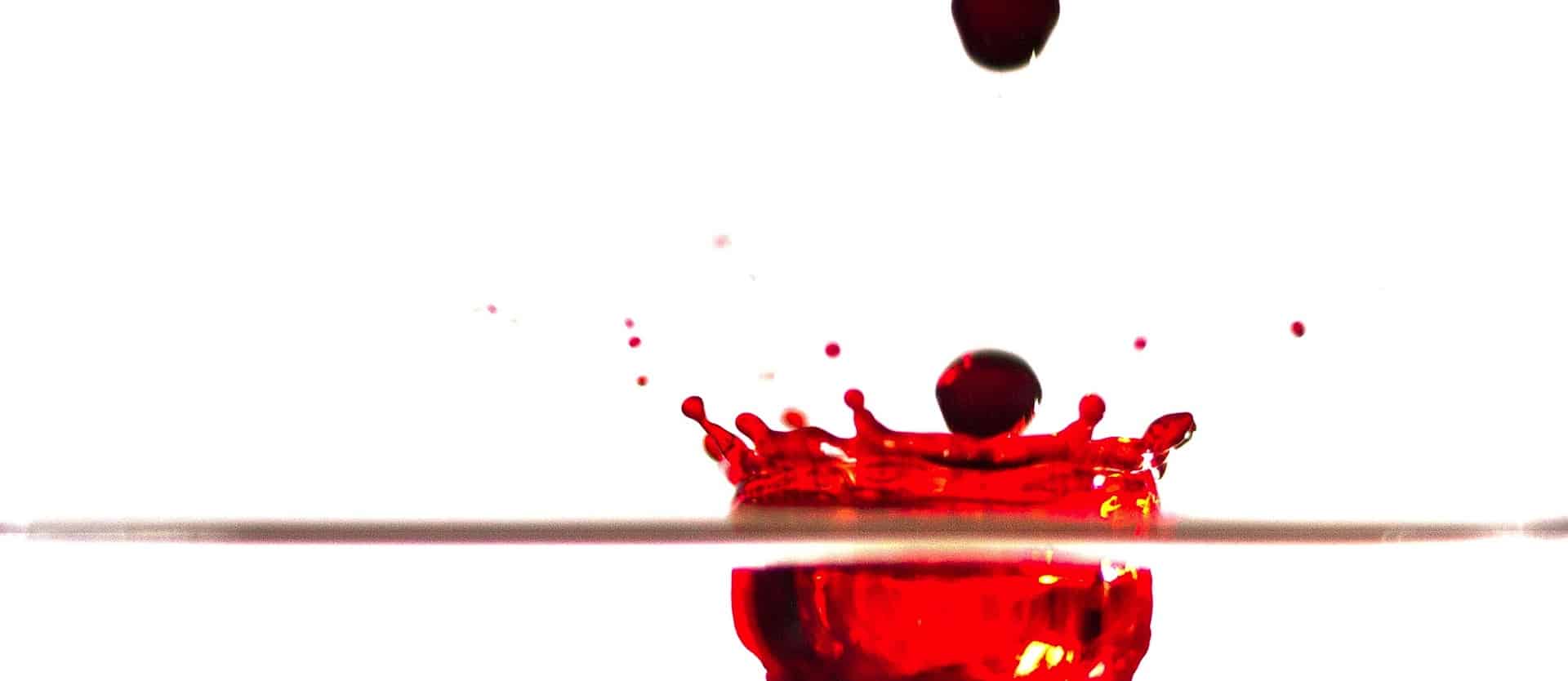
Artificial Food Colors and ADHD
In response to definitive evidence showing artificial colors may increase inattentiveness, impulsivity, and hyperactivity among...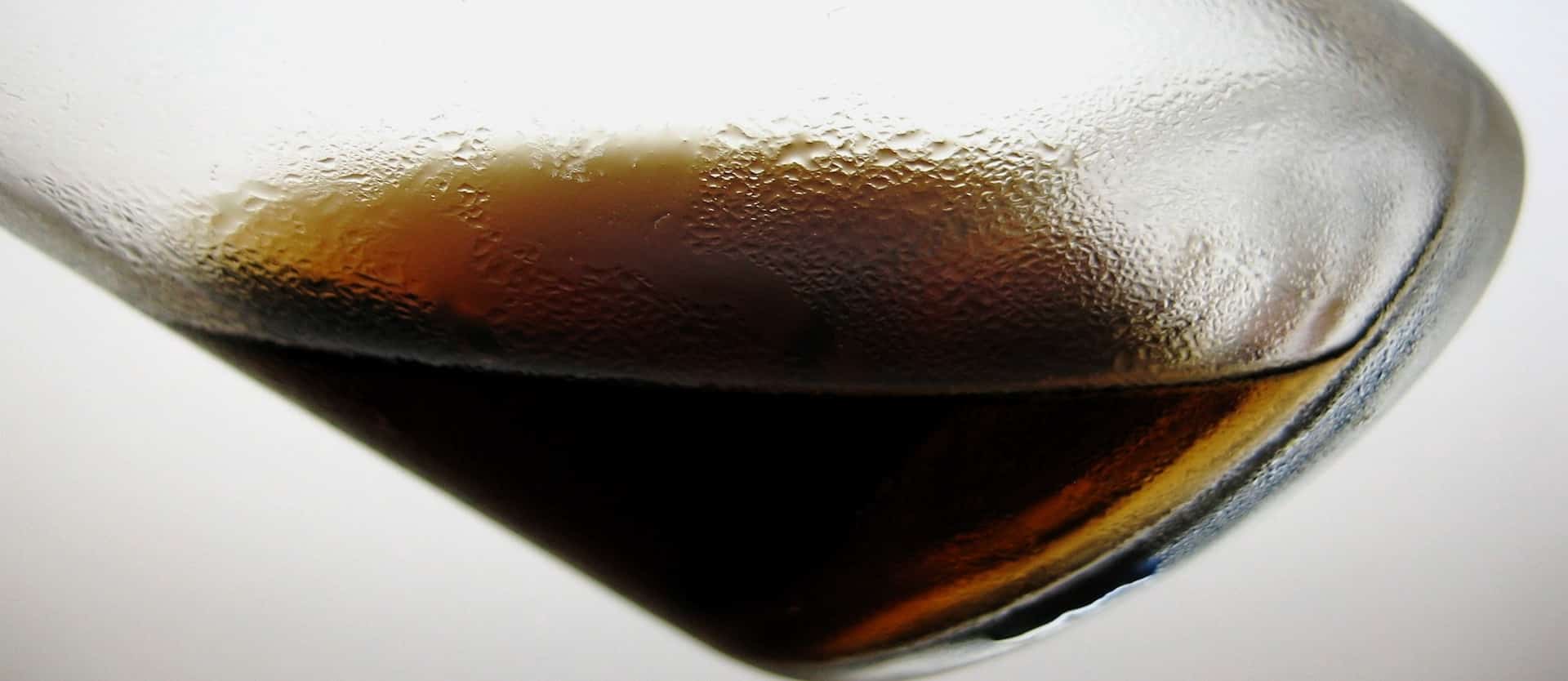
Is Caramel Color Carcinogenic?
Concern that one of the most commonly-consumed food colorings may cause cancer has led to...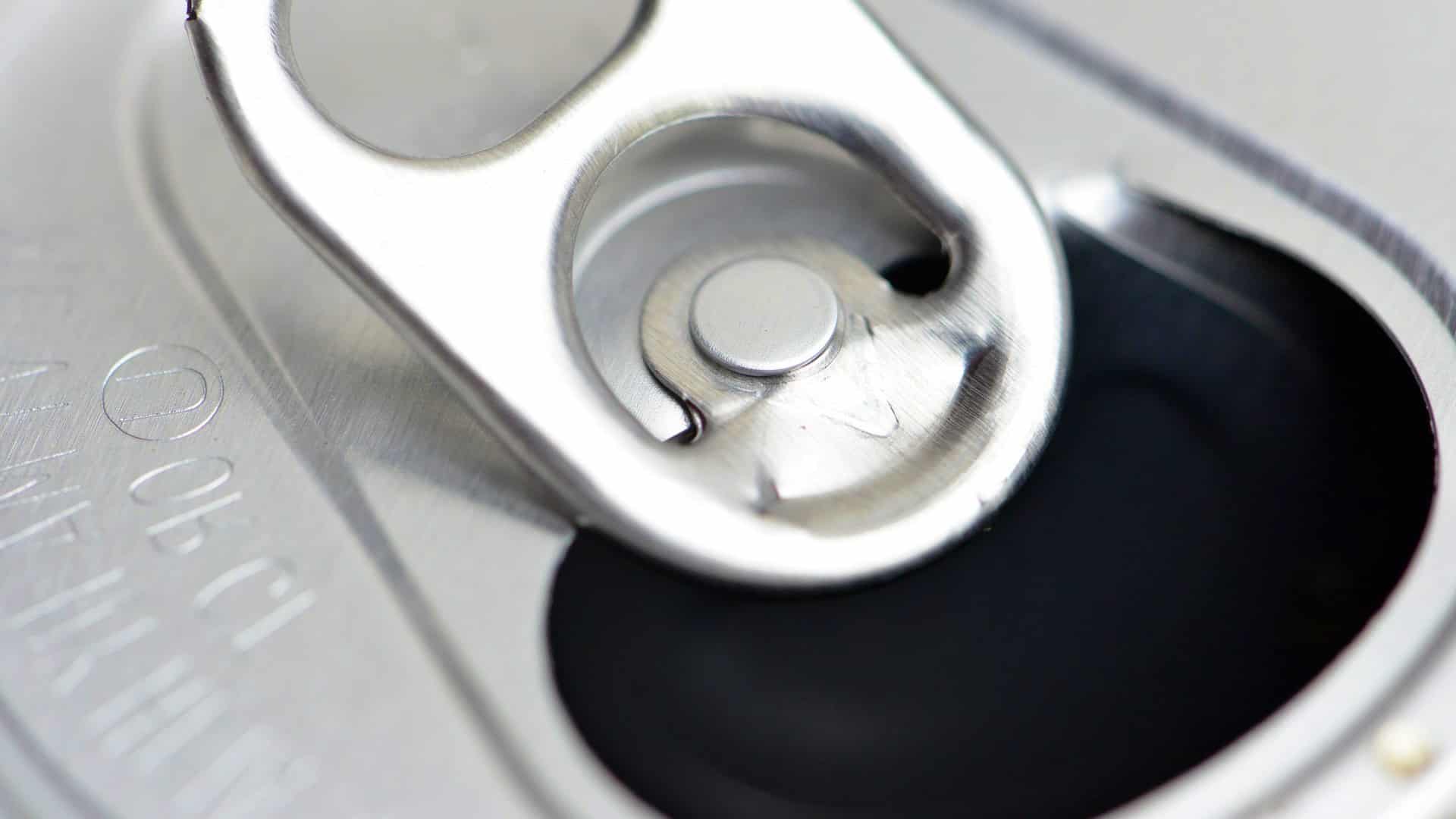
Which Has More Caramel Coloring Carcinogens: Coke or Pepsi?
How many cola cancer cases are estimated to be caused by Coke and Pepsi in...All Videos for Artificial Colors
-

Cancer from Benzene from the Preservative Sodium Benzoate in Beverages?
Certain soft drinks and bottled (heated) carrot juice may contain carcinogenic levels above safety standards.
-

The Side Effects of Artificial Food Coloring and Dyes: Cancer and ADHD
Excluding artificial food colors from children’s diets can improve ADHD symptoms.
-

Which Has More Caramel Coloring Carcinogens: Coke or Pepsi?
How many cola cancer cases are estimated to be caused by Coke and Pepsi in New York versus California, where a carcinogen labeling law (Prop 65) exists?
-

Seeing Red No. 3: Coloring to Dye For
The artificial food coloring Red No. 3 has yet to be banned—despite its purported role in causing thousands of cases of thyroid cancer.
-

Is Caramel Color Carcinogenic?
Concern that one of the most commonly-consumed food colorings may cause cancer has led to changes in soft drink formulation in California.
-

Artificial Food Colors and ADHD
In response to definitive evidence showing artificial colors may increase inattentiveness, impulsivity, and hyperactivity among young children, a call has been made by consumer groups to ban food dyes.
-

Titanium Dioxide & Inflammatory Bowel Disease
People eating conventional diets may ingest a trillion microparticles of the food-whitening additive, titanium dioxide, every day. What implication might this have for inflammation in the gut?
